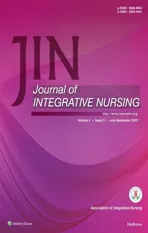Technology-based psychosocial support for adolescent survivors of leukemia: An example intervention for nurse specialists
2022-10-10TubaARPACNaimeALTAY
Tuba ARPACİ, Naime ALTAY
1Department of Nursing, Faculty of Health Sciences, Karamanoglu Mehmetbey University, Karaman, Turkey; 2Department of Nursing, Faculty of Health Sciences, Gazi University Ankara, Turkey
Techniques and Methods
Technology-based psychosocial support for adolescent survivors of leukemia: An example intervention for nurse specialists
Tuba ARPACİ1, Naime ALTAY2
1Department of Nursing, Faculty of Health Sciences, Karamanoglu Mehmetbey University, Karaman, Turkey;2Department of Nursing, Faculty of Health Sciences, Gazi University Ankara, Turkey
ABSTRACTTechnology-based interventions are thought to be one of the innovative alternatives for improving the psychosocial health of adolescent survivors. This article outlines an example of technology-based psychosocial intervention for adolescent survivors of leukemia. This technology-based psychosocial support intervention consists of five separate modules related to personal development, coping skills, and a healthy lifestyle. intervention can be applied to adolescents (aged 12-18 years) who have completed leukemia treatment at least 2 years ago and are disease free. Psychosocial interventions are crucial to improving adolescent survivors’ psychosocial well-being in long-term follow-up. It is thought that psychosocial interventions can be effective on survivors’ self-efficacy, coping skills, and quality of life, and survivors will be satisfied with the program. Regarding the model of childhood cancer survivorship care, this intervention can be integrated into the follow-up program and guide pediatric oncology nurses in preparing support programs for adolescent survivors.
Keywords:Adolescents, leukemia, long-term follow-up, nursing, psychosocial support, survivors, technology
Address for correspondence:Dr. Tuba ARPACİ, Department of Nursing, Faculty of Health Sciences, Karamanoglu Mehmetbey University, Karaman, Turkey.
E‑mail: tarpaci@kmu.edu.tr
Submitted:10-May-2022
Revised:01-Jul-2022
Accepted:22-Jul-2022
Published:29-Sep-2022
This is an open access journal, and articles are distributed under the terms of the Creative Commons Attribution-NonCommercial-ShareAlike 4.0 License, which allows others to remix, tweak, and build upon the work non-commercially, as long as appropriate credit is given and the new creations are licensed under the identical terms.
For reprints contact:WKHLRPMedknow_reprints@wolterskluwer.com
How to cite this article:Arpaci T, Altay N. Technology-based psychosocial support for adolescent survivors of leukemia: An example intervention for nurse specialists. J Integr Nurs 2022;4:157-65.
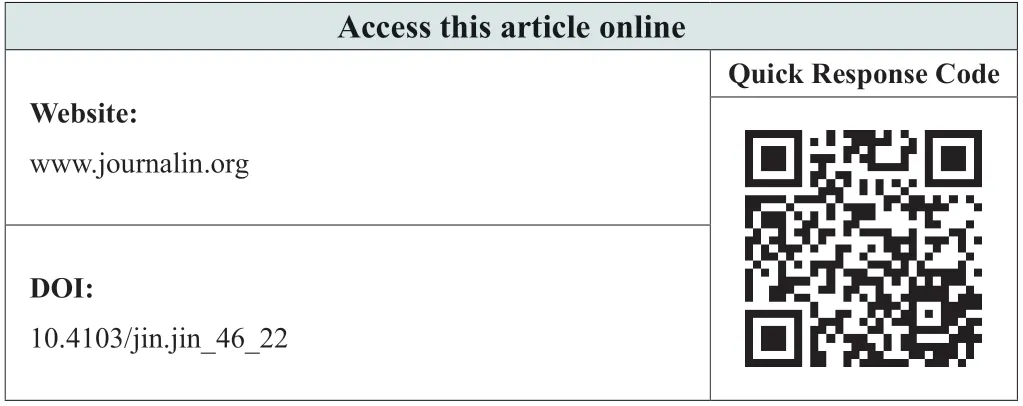
Access this article online Quick Response Code Website:www.journalin.org DOI:10.4103/jin.jin_46_22images/BZ_56_966_2775_1202_3011.png
INTRODUCTION
Adolescent survivors of childhood leukemia may have some physical and psychosocial issues even after many years of completion of therapy.[1,2]Researchers are trying to determine and well describe long-term late effects and psychosocial outcomes in recent decades. It has been indicated that the psychosocial well-being of survivors of leukemia is better than other cancer survivors[3]and positive psychosocial effects (posttraumatic growth, etc.) could be observed.[4,5]However, the risk for psychosocial late effects in survivors still remains. Posttraumatic stress syndrome, depression, anxiety, and poor quality of life are reported among the psychosocial problems in leukemia survivors.[1,6-9]Brinkmanetal. reported that adolescent survivors of childhood cancer do not have increased psychosocial morbidity, but survivors who are treated with cranial radiotherapy (CRT) and have physical late effects are at risk for anxiety and/or depression, social withdrawal, or peer conflict and attention problems.[10]It is recommended that psychological problems and its social consequences should be screened with a developmentally appropriate approach.[9,10]Adolescence is a critical period for emotional, social, and behavioral development. Cancer experiences before and during adolescence and psychosocial late effects may disrupt adolescents’ developmental tasks such as setting self-efficacy, self-identity, being independent, developing strong peer relationships, and taking social-financial responsibility.[11,12]
Adolescent survivors generally have specific needs and concerns due to their developmental process. Mostly, they are concerned with peer relationships,[13]attending and graduating from school, planning their career, dating, and fertility.[14]Health-care professionals should handle these needs in addition to other survivorship issues. Hydemanetal. stated that the needs of adolescent and young adult (AYA) survivors are related to the psychosocial, emotional, and cognitive domain, and their concerns related to their developmental issues are finding a new identity, financial burden of treatment, and fertility.[14]Especially in late adolescence, susceptibility to risk-taking and risky behaviors also causes adolescents to stay away from a healthy lifestyle. Adolescent childhood cancer survivors tend to unhealthy behaviors (poor dietary, sedentary behaviors, etc) at rates similar to or higher than their siblings and healthy peers. Previous cancer experiences do not appear to protect them from risky behaviors.[15-18]These findings reveal the importance of the necessity to include health promotion interventions in long-term follow-up (LTFU) care.
Recently, many programs have been tested and developed to strengthen LTFU and ensure the effective participation of survivors in care.[19]Technology-based interventions are one of these and growing in the LTFU of childhood cancer survivors. Some of these interventions are focused on improving cancer and survivorship knowledge,[20,21]promoting a healthy lifestyle,[22-24]and giving psychoeducation.[25,26]
As adolescents are prone to use technology and might prefer technology-based education, the applicability of such interventions will be more possible. Technology-based programs might offer adolescent survivors the opportunity to access a wide range of potential educational and psychosocial issues. In this way, they could access support from different platforms during the LTFU. In addition to routine follow-up, supporting adolescents with such interventions will provide an opportunity to improve their health-related quality of life. This article aimed to provide the details of a nurse-led web-based and telephone-supported psychosocial intervention for adolescent survivors of leukemia.
DESCRIPTION OF THE INTERVENTION
This technology-based psychosocial support intervention is a 10-week program that consists of five modules. The program has been developed to improve the self-efficacy, active coping skills, and quality of life of the adolescent survivors.
Characteristics of survivors that can be recruited to the intervention
Survivors who meet the following criteria can be recruited: (1) aged 12-18 years, (2) 2 or more years from completion of treatment, (3) treated with chemotherapy and CRT only, (4) able to use computer and smartphone, (5) have Internet access, (6) speak Turkish, (7) agreed to participate, and (8) parental consent received. The following situations need special support, so adolescent survivors who had experienced any of these should be excluded; treated with hematopoietic stem cell transplantation (HSCT), relapsed, physically and/or mentally disabled, and severe psychiatric problems.
DEVELOPMENT PROCESS OF THE TECHNOLOGY-BASED PSYCHOSOCIAL SUPPORT PROGRAM
The content of the program was developed by researchers regarding the current literature about developmental issues in adolescence and childhood cancer survivorship. Adolescents may have concerns about identity development, peer/family relations (initiating intimate and emotional relationships, etc.), and autonomy (leaving family and making independent decisions about the future such as career, higher education, and marriage) as a characteristic of the developmental period in transition from childhood to adulthood. They may experience uncertainty, anxiety, fear of relapse, low self-esteem, and dependency on parents during survivorship. Those problems may affect their adaptation to life, and adolescents may have an inability to perform their developmental tasks. In this program, the main characteristics of the adolescence and the main achievements of adolescents in this development process were taken into consideration (advanced cognitive skills, autonomy, identity acquisition, social competence, goal settings, etc.) in creating the program content. We aimed to improve adolescents’ general self-efficacy and to promote this in the program; we included topics (such as self-awareness, self-knowledge, positive coping, and healthy lifestyle activity) that would increase self-efficacy. To increase the motivation of adolescents to continue the program, the homepage of the site is designed with planets and entertainment activities that are included in the module (interactive activities, video animations, etc.) [Table 1]. At the same time, mobile messages can be sent regularly to reinforce and motivate them to practice recommendations in each module [Table 2].
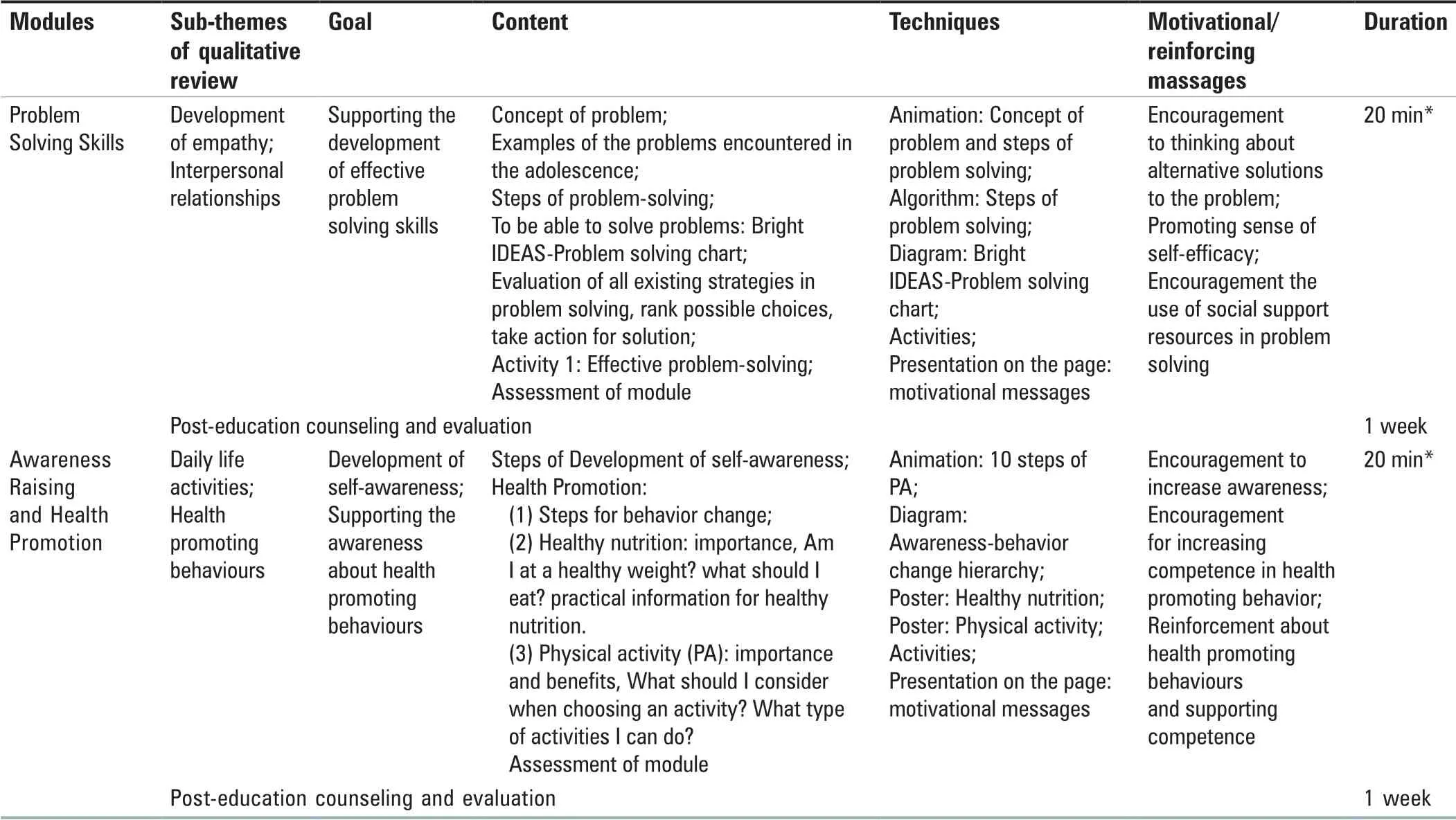
Table 1: Contd...
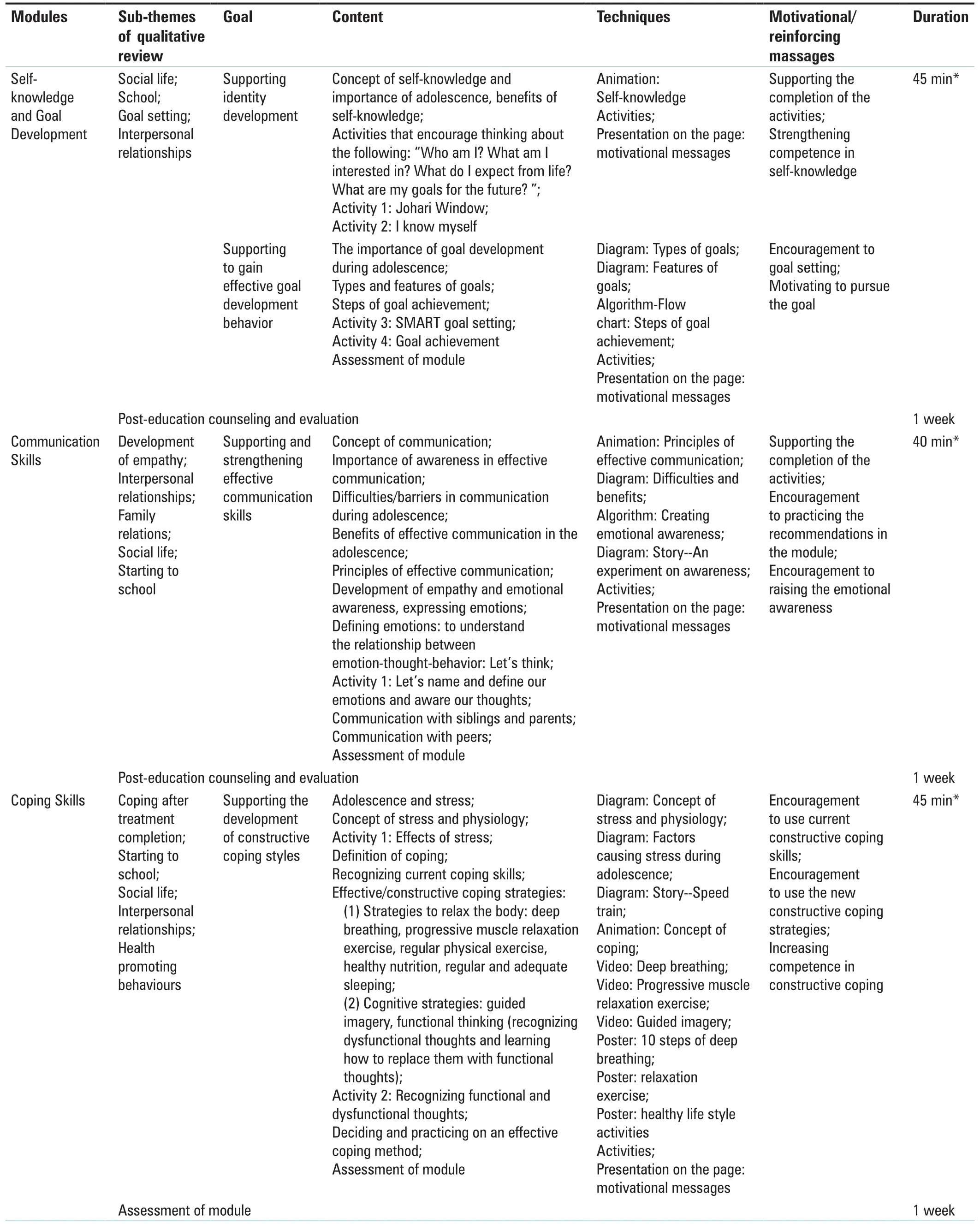
Table 1: Modules and content of technology-based psychosocial support program
Survivors’ views were also taken to the constitution of the modules. Semi-structured interviews were conducted with AYAs (n= 6, aged 13-22). Within the scope of the interview, 4 questions were asked to determine the needs of AYA survivors of leukemia and their views about LTFU: What are your needs after the completion of treatment? What are your expectations from LTFU care? What are the benefits of the LTFU care? What are the barriers of the LTFU care?
The aim of the interview and the estimated duration were explained to AYAs and their parents before it was started. They were also informed that during the interviews, a voice recording will be made to transcribe and analyze the data. The interviews were conducted in a place in the hospital, where the interviews are not interrupted and where privacy is protected. The interviews lasted on average 20 min. Survivors reported that they need support related to following issues; school (e.g. adaptation to the school, communication with teachers and friends), future goals-decision for occupation, social life (e.g. planning social activities), healthy life activities (e.g. nutrition-diet, physical activity), and coping after the end of treatment (e.g. anxiety about a recurrence of the disease, body image, parental attitudes).
According to the literature review and opinions of the survivors, a draft version of the content has been prepared and sent to academic and clinical experts on pediatric oncology nursing, pediatric psychology, nutrition, and physiotherapy. Experts were also consulted on the implementation of the program. “Educational Content Evaluation Form” was sent to experts to evaluate the content validity. This form has been developed in line with the literature by researchers to get an expert opinion before the content of the psychosocial support program is integrated into the website with all audiovisual teaching tools. The form consists of 21 items including instructional suitability, visual competence, structural/formal/technical competence dimensions, and rating (1: “not appropriate,” 2: “somewhat appropriate,” 3: “appropriate [but minor changes required],” and 4: “very appropriate).”[27-30]The content was revised according to the recommendations of the experts, and the program was decided to consist of five modules: “Self-knowledge and Goal Development,” “Communication Skills,” “Coping Skills,” “Problem-Solving Skills,” and “Awareness Raising and Health Promotion” [Table 1].
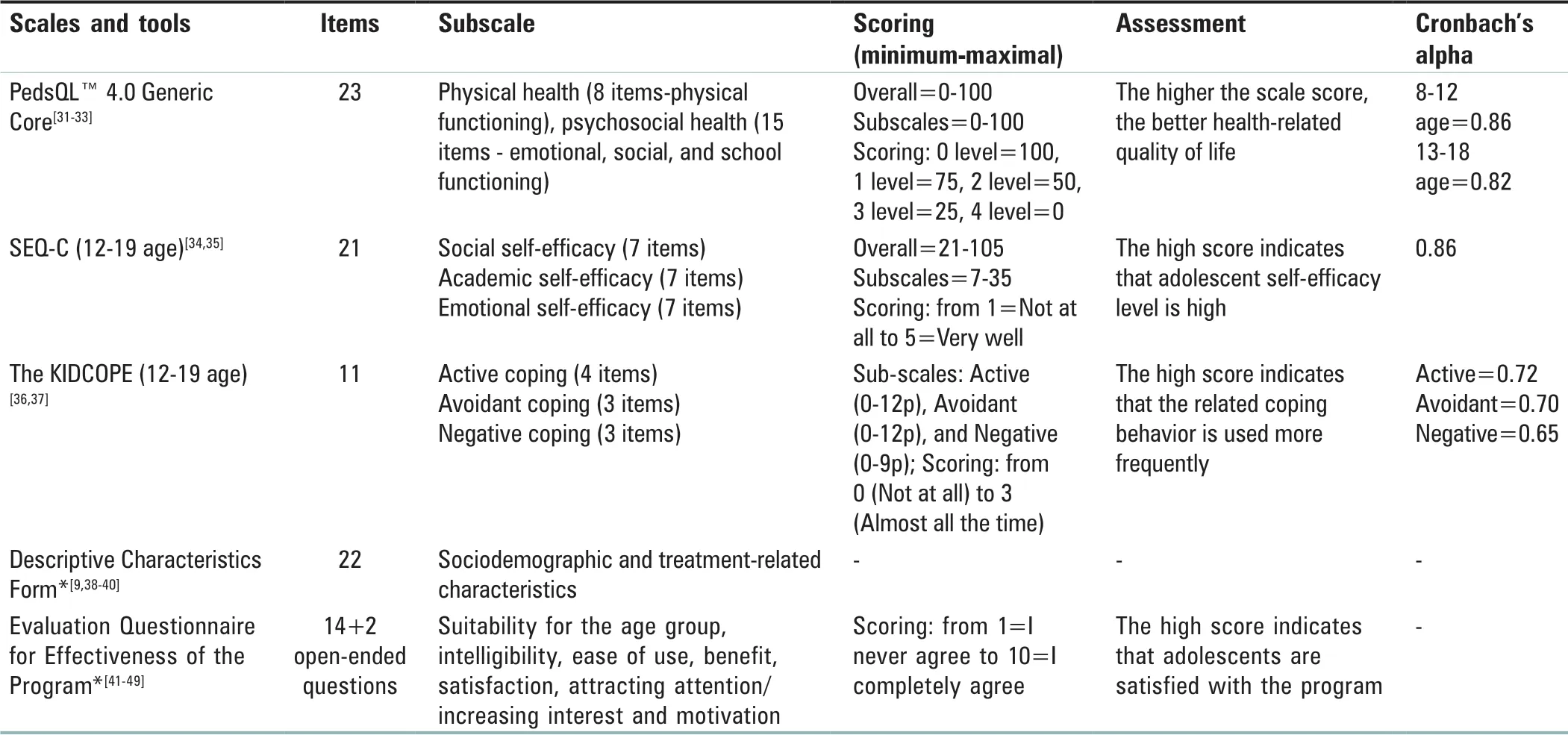
Table 3: The scales and tools that used in data collection
Designing of the website: “Adolescent survivors of leukemia journey with gold ribbon”
After the literature review, getting opinions from adolescents and experts, the program content was developed and the materials to be included in the website started to be created by the researchers. All audiovisual materials (videos, animations, etc.) in each module were designed and created considering the features that teaching materials should have by researchers and technical expert support was received. The scenario and steps of the videos and animations were designed by a researcher who specialized in child health and disease nursing (first author).
After the shooting, the videos were voiced and edited. Experts’ opinions were received again before the finalization of the videos and animations, and revisions were made.
The website was set up by a professional web design expert. The database, animations, control panel, form components (surveys and in-module activities), and modules are integrated into the site using various/different software and coding. The website works with Linux-based SQL infrastructure. The site supports current web browsers and also works on android/iOS-enabled devices. After the required arrangements, the domain name was taken and the installation of the website was completed by making use of the hosting service.
The homepage was designed with a gold ribbon and planets navigating in space which represent the modules with the theme of “Adolescentleukemiasurvivorsjourneywithgoldribbon”.“TheGoldRibbon” is the universal symbol of childhood cancer awareness. Because of this meaning, it has been identified as the main theme of the website. In order to make the website easy to use and to increase interest, a theme has been developed that takes adolescents on an interactive journey with the planets in space and some menus (Gold Ribbon and LTFU) and modules are integrated into the planets. The history and meaning of the gold ribbon as a symbol of childhood cancer awareness were explained in the Gold Ribbon menu. The LTFU menu includes the guideline about the purpose, frequency, and concept of LTFU, social life after treatment (relationships with family and friends and school life), and management of some symptoms that may be experienced after treatment. The design of the homepage was made by a graphic designer using Adobe Photoshop software.
Implementation of the psychosocial support program
The implementation of the program is coordinated by pediatric oncology nurse specialists, and other health professionals could join the process. Nurse specialists should be qualified to give support to survivors about these special topics. Survivors meeting the criteria should be informed about the program, registration to the website, the use of the website, and the way that they can contact the nurses during the program. Participants will be given a user name and password to log in to the website. After the registration is completed, nurses should accompany the survivors to navigate the website, look into accessible menus (accessible menus: about us, about the website, golden ribbon, and LTFU), and learn how to use the other menus. After the preparation process is completed, the 10-week education and counseling program starts with the first module “Self-knowledge and Goal Development.” For each module, the 2-week period is devoted to 1-week education and 1-week posteducation counseling and evaluation. Adolescents can access the module at any time for 2 weeks. After the 2-week period is completed, the next module will be accessible (at the beginning of each module, survivors are informed that the module was opened) and 5 modules are completed in 10 weeks.
During the 2ndweek of each module, motivational messages will be sent to adolescents in line with the objectives of the module and encouraged to practice the skills suggested in this module over the next week [Table 2]. In addition, reminder messages will be sent to complete the relevant module within the specified time. During this process, telephone or online support will be provided for the subjects that adolescents wanted to consult about the module. Following the completion of the module, the general evaluation of the module will be made by giving individual feedback to all adolescent survivors through telephone messages and/or telephone interviews in line with the activities. After the program is completed, the adolescents are asked to evaluate the whole program with an “Evaluation Questionnaire for Effectiveness of the Program” developed by researchers [Table 3].
Suggested outcome measurement and follow-up
The instruments that can be used for measurements are as follows: The Pediatric Quality of Life Inventory™ (The PedsQL™ 4.0 Generic Core),[31-33]The Self-Efficacy Questionnaire for Children (SEQ-C) (12-19 years of age),[34,35]and The KIDCOPE (12-19 years of age).[36,37]Age-appropriate validated instruments are recommended to assess the effect of the support program on survivors’ self-efficacy, coping skills, and quality of life.[31,34,36]These parameters should be evaluated at the beginning of the program and at the end of the program, and then, a monthly evaluation should be performed to see the long-term effects. Survivors’ sociodemographic characteristics can be obtained through the Descriptive Characteristics Form[9,38-40]and satisfactions can be evaluated with the Evaluation Questionnaire for Effectiveness of the Program [Table 3].[41-49]The measurement can be performed at the outpatient clinic or through the website/telephone.
CONCLUSİON
This article outlines the study protocol of web-based and telephone-supported psychosocial interventions for adolescent leukemia survivors. LTFU care should be provided with multidisciplinary and holistic approaches. Some LTFU models are implemented across the developmental country.[50,51]In a developing country like Turkey, in many oncology centers, there are no LTFU clinics and models. Due to that, physical problems might be focused on from time to time and psychosocial needs and support may be overlooked.[52,53]Requirements may vary for each cancer type and age group in childhood. Due to developmental vulnerability, adolescent survivors should be given more attention to the psychosocial impact of cancer experiences.[54]Based on this theory, this program, which includes customized approaches according to the age group that can guide adolescents who survived leukemia, will fill important gaps in practice.
This program has several strengths as it was developed by pediatric nurse researchers based on current childhood and adolescent cancer literature, guidelines, and survivors’ views. The efficacy of this program was evaluated with a randomized controlled trial and results showed that this intervention positively affects the quality of life, emotional self-efficacy, and coping skills of adolescent survivors of leukemia.[55]It is well known that there is a widespread use of technology (Internet, computers, smartphone, etc.) among adolescents.[56]Most survivors are also really interested in and could prefer to computer-based programs.[17]So, one of the other strengths of this intervention is that it can support the participation of adolescents, as it is conducted through technology. The program will also provide an important opportunity for survivors, especially in rural and remote areas far from the cancer center, to reach adequate support.
Given the holistic approach to adolescent survivors, psychosocial support programs have become increasingly important. This psychosocial support program includes approaches such as adolescents’ self-expression, determining and sustaining short- and long-term goals, and gaining healthy life behaviors that are related to effective coping skills and therefore better quality of life. This program offered using technology will give maintenance a new perspective and may improve the quality of care.
Limitations of the intervention
There are a few limitations of this program. It was developed for a specific group who was diagnosed with leukemia. It is recommended to add specific modules, taking into account the special needs of survivors who have been diagnosed with other childhood cancers and exposed to treatment modalities (HSCT, etc.). Participation is limited to those who have Internet access and at least one technological device (computer, smartphone, etc.). This should be considered in care plans and resources must be provided for all participants to access the program. This program content can also be conducted face to face through written educational materials.
Implications for nursing
Pediatric oncology nurses have an important role in the LTFU of leukemia survivors and there is an increasing need for new caring approaches to enhance the quality of LTFU. Adolescents as a survivor have special needs and nurses should support them psychosocially and developmentally. Offering different resources through online and other digital platforms after survival to increase the adaptation to their daily life is crucial. These technology-based programs let nurses manage the care of survivors and support them holistically. Pediatric hematology/oncology nurses can include this program in survivors’ long-term care plans and modify the content according to the needs of survivors.
Financial support and sponsorship
Nil.
Conflicts of interest
There are no conflicts of interest.
杂志排行
Journal of Integrative Nursing的其它文章
- Nursing perspective of expert consensus on the diagnosis and treatment of cerebral infarction with integrated traditional Chinese and Western medicine
- Does educational intervention change knowledge, attitude, and practice regarding pharmacovigilance among nursing officers in Central lndia? An interventional study
- Research capacity and training needs of nurses’ in Shanghai, China: A multicenter, cross-sectional survey
- Referral and counter-referral practices in obstetric emergencies among health-care providers in selected health facilities in Plateau state, Nigeria
- Nurses and nursing students’ knowledge regarding blood transfusion: A comparative cross-sectional study
- Practice and patronage of traditional bonesetting in Ondo State, Nigeria
